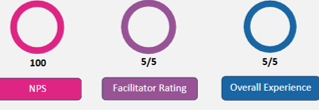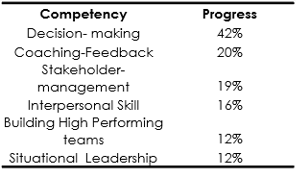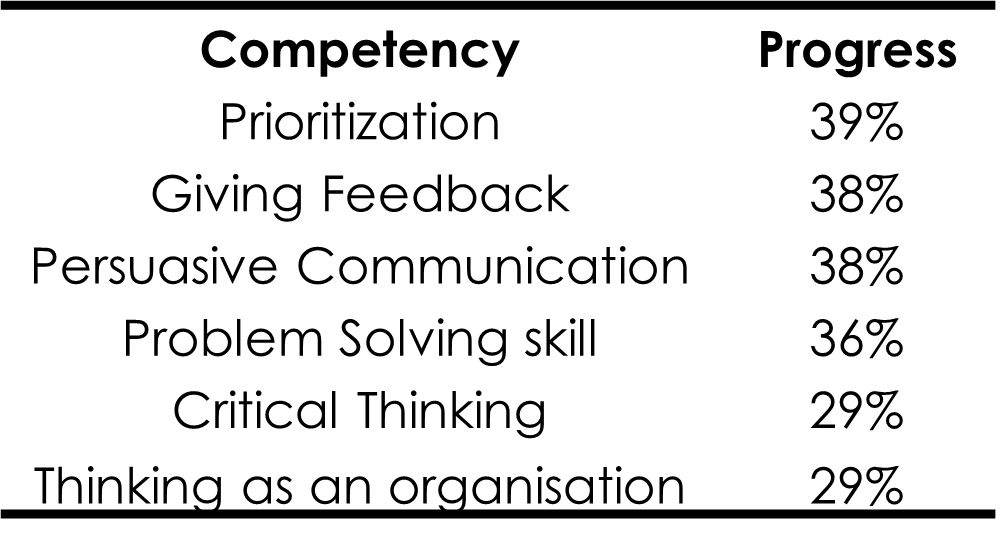Behavioural Change vs. Skill Building: Why You Need Both

When it comes to organizational development, the conversation often centers around upskilling. But while skill building gets the spotlight, behavioral change plays an equally — if not more — crucial role in driving long-term impact.
Why Skill Building Isn’t Enough
Skill building focuses on developing technical, functional, or role-specific competencies. Think of it as the “what” and “how” of doing a job. Whether it’s learning a new tool, process, or framework, these are all essential to keeping up with the evolving demands of the modern workplace.
But without the right behavioral foundation, these skills may never be fully utilized. A brilliant strategy, after all, can fall flat if the team lacks the agility, ownership, or collaboration mindset needed to implement it.
Behavioral Change: The Missing Link
Behavioral change is about shifting mindsets, attitudes, and habits. It’s the “why” that powers the “how.” For example, teaching a manager how to give feedback is one thing. Helping them build the emotional intelligence and courage to give honest, constructive feedback is another.
True behavioral transformation takes time, reflection, and support — often best enabled through coaching, continuous learning journeys, and feedback mechanisms.
Why You Need Both
Organizations that invest in skill building without enabling behavioral change risk surface-level learning. Similarly, focusing only on behavior without providing the right tools limits practical application. The most effective L&D strategies integrate both:
· Skill Building empowers action.
· Behavioral Change sustains and deepens that action.












